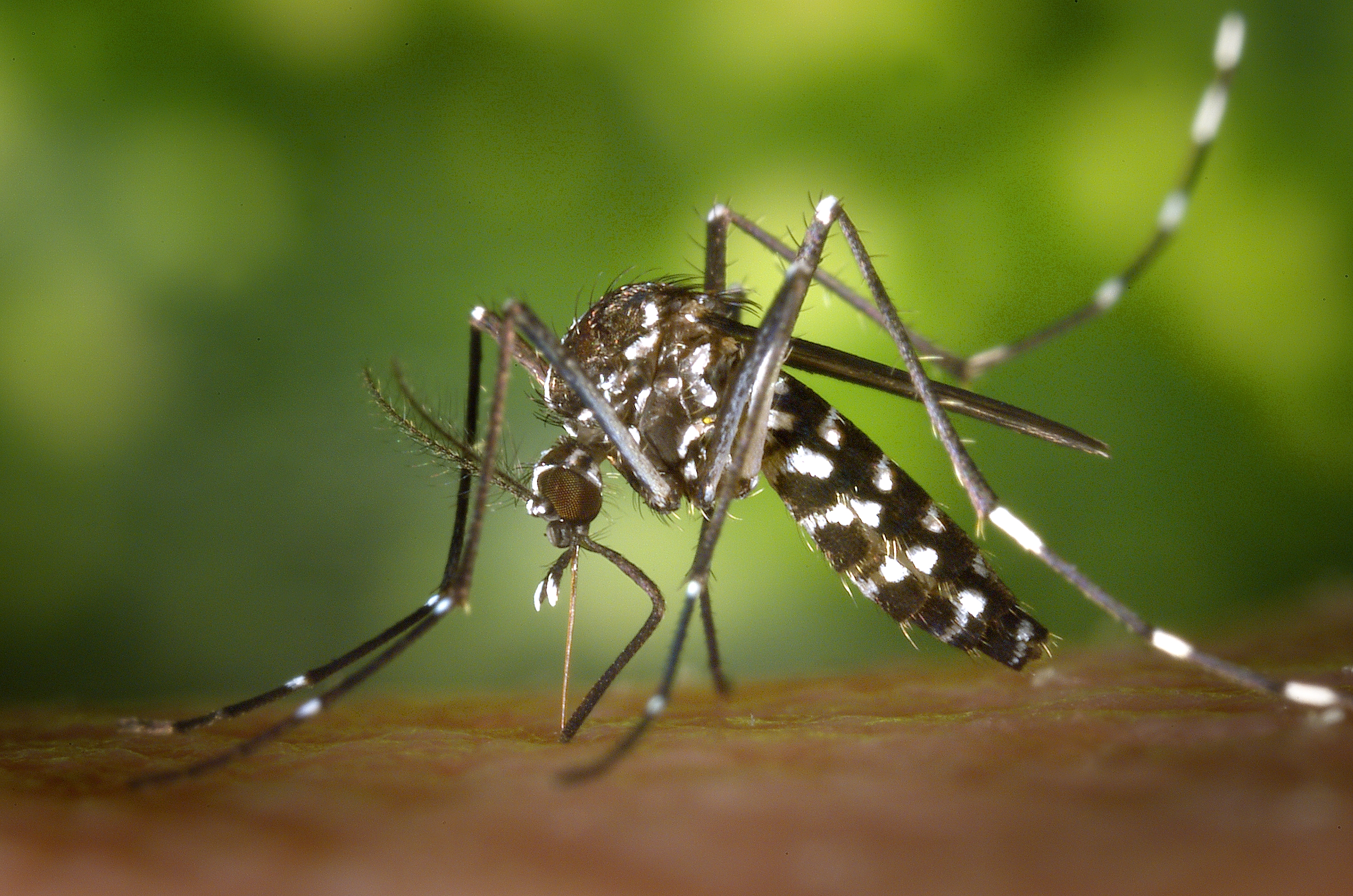What's Behind Brazil's Alarming Surge in Babies Born with Small Heads

Thousands of Brazil’s newborns last year had abnormally tiny heads and potentially debilitating brain damage. In 2015 the country reported nearly 3,000 cases of the incurable condition, called microcephaly—about 20 times more than the prior year. In the nation’s northeast, where most of the cases occurred, government officials have already declared a state of emergency. Now international researchers and Brazilian authorities are rushing to tamp down the problem.
The trouble is they are not sure exactly what is causing the phenomenon or how to address it. They do have one strong suspect—a mosquito-borne disease called Zika that usually causes short-term rashes and joint aches, and is plaguing the same areas in Brazil. There is already evidence the virus can cross the placental barrier: Zika has been detected in the amniotic fluid of two pregnant women with microcephalic fetuses in the state of Paraiba. What’s more, viruses from the same genus have the ability to replicate once they reach the central nervous system, providing some indication of how the viruses could potentially cause microcephaly in the first place.
Zika disease, however, has never been known to cause microcephaly before. (Microcephaly is typically caused by exposure to toxic substances during pregnancy, genetic abnormalities or diseases during pregnancy like rubella or herpes). Then again, scientists also know very little about Zika. In fact, until 2007 there were only sporadic cases of people infected with the virus (at least ones that were laboratory confirmed), with small outbreaks in Africa and Southeast Asia since being discovered in 1947 in Uganda.
Now, the Zika virus is rapidly advancing across new terrain. In May 2015 Brazil reported its first case of Zika and by December 2015 the virus had made its way into several countries in Central and South America, such as Colombia and Mexico, and even showed up on the island of Puerto Rico. The rapid spread suggests a change in the Zika virus, one which scientists are racing against the clock to pinpoint. Worryingly, Zika has also been linked with the future development of Guillain–Barré syndrome, an autoimmune disease that could lead to paralysis.
Researchers know a virus like Zika could mutate to become more fit, essentially allowing it to transmit more easily from one host to another in order to survive. But a mutation designed specifically to help it cross the natural placental barrier between mother and fetus would not necessarily be too beneficial for the virus because it has been successfully transmitted in more traditional ways, says Scott Weaver, an expert on mosquito-borne viral diseases at The University of Texas Medical Branch (U.T.M.B.) at Galveston. A more likely possibility for its rapid reach, he says, is that the virus may have adapted in recent years to have a higher level of viremia, or more virus present in any given drop of blood. That would allow Zika to be transmitted at a greater rate because it would increase the chances of a mosquito picking up the virus and transmitting it to another person after biting an infected human. A fringe benefit of this viremia would be that although the virus would not have any innate increase in its ability to cross the placental barrier, its high concentration may boost its chances of making the leap. Weaver’s team at U.T.M.B. is studying the virus now in the hopes of pinning down such answers.
But that work will not determine if Zika is definitely fueling the microcephaly cases. For that, still other researchers at U.T.M.B., at the request of Brazilian authorities, are part of a larger team attempting to shore up the connection between Zika and microcephaly. Two U.T.M.B. researchers, Nikos Vasilakis and Shannan Rossi, were in Brazil over Christmas helping to set up diagnostic capabilities to test umbilical cord blood for signs of Zika at birth.
The signs they are looking for lie in the newborns’ antibodies. Because the antibodies for Zika virus look so much like those for dengue or yellow fever, (both common in Brazil) it is hard to detect if a pregnant woman has contracted Zika or had one of those other conditions in the past. But lab testing of cord blood antibodies that show up in response to a recent exposure—called immunoglobulin M antibodies, or IgM—would allow scientists to detect if the fetus was infected with Zika and that it happened recently (unlike tests that would pick up longer term antibodies transmitted from the mom). Theoretically, those tests, too, may also pick up similar-looking dengue virus and confuse the results, Weaver says, but the chance of such a false positive is rare because fetal dengue infection is so uncommon. “By trying to diagnose more of these cases at birth by sampling cord blood, they may learn more about how these fetuses were infected,” he says.
Get the world’s most fascinating discoveries delivered straight to your inbox.
Even without that data there is already some indication the Zika–microcephaly connection is more than just geographical coincidence. There have also been reports of genetic material from Zika being detected in the blood tissue of a microcephalic baby from the northern Brazilian state of Pará. (That infant died within five minutes of birth.) And, anecdotally, some of the women who went on to birth children with microcephaly also remembered having a rash during pregnancy—a potential but not definitive symptom of Zika. In addition, beyond Brazil there have been reports in French Polynesia of an unusual uptick in central nervous system problems among babies born in the past couple years in areas associated with Zika outbreaks. Further lab testing of those mothers found that at least some of them may have had asymptomatic Zika virus.
But this information, by itself, is not yet airtight. In Brazil further investigations continue even as the government rolls out public health education and mosquito control efforts. If the new cord blood information and other research soon firms up the Zika–microcephaly connection, perhaps that will add further impetus to develop a vaccine for Zika—possibly by adapting one already in use for Zika’s cousin, dengue.
This article was first published at ScientificAmerican.com. © ScientificAmerican.com. All rights reserved.
Follow Scientific American on Twitter @SciAm and @SciamBlogs. Visit ScientificAmerican.com for the latest in science, health and technology news.



